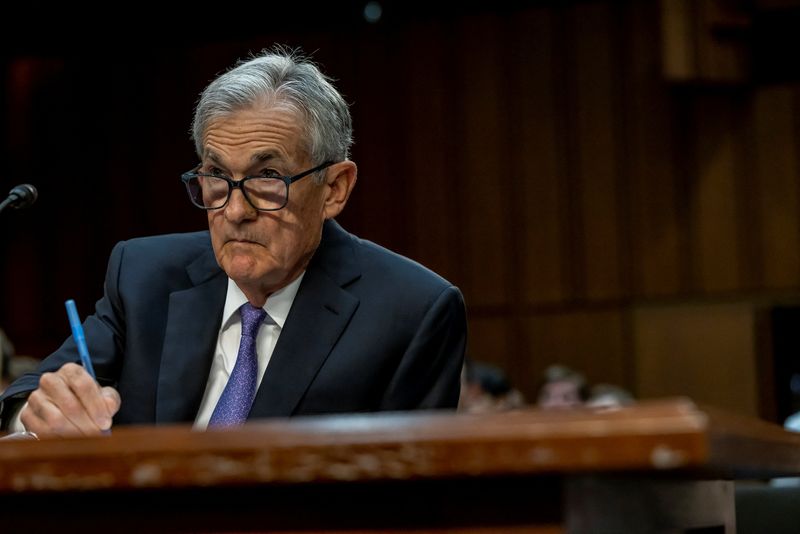In a recent event in Dallas, Federal Reserve Chair Jerome Powell faced questions regarding his future with the U.S. central bank, specifically whether he would stay on as a board member once his term as chair concludes in May 2026. Powell emphasized his commitment to serve until the end of his current term and did not elaborate on any intentions regarding his potential continued service on the board, which lasts until January 2028. This question arises in the context of an unusual historical precedent; the last Fed chair to continue serving as a board member after their leadership term was Marriner Eccles, who stepped down in January 1948 and remained on the board until July 1951. This issue of Powell’s future is particularly relevant considering the evolving political landscape and past criticisms directed at him by former President Donald Trump, who appointed Powell and may yet again nominate candidates for the Fed.
The speculation surrounding Powell’s tenure was further complicated by comments from Scott Bessent, a potential candidate for a top Treasury position in Trump’s upcoming administration. Bessent suggested that Trump could nominate a successor to Powell before his term ends, effectively introducing a “shadow Fed chair” who would advocate for policies more favorable to Trump’s economic agenda. He argued that doing so would diminish Powell’s influence during the remainder of his term. While Bessent later retracted this idea, the notion of undermining Powell’s authority looms in conversations regarding the Fed’s independence and its leadership structure. Such considerations highlight a significant departure from the norms surrounding the Federal Reserve, particularly under a Trump administration, which is currently generating concerns within the financial and economic communities.
Typically, modern presidencies respect the term limits associated with Fed chairs and do not proactively nominate replacements before a current chair’s tenure concludes. An established pattern has emerged in recent administrations; for instance, both Trump and President Joe Biden nominated Powell for his role as chair just months before the expiration of their predecessors’ terms. This practice maintains a customary respect for the outgoing chair while allowing for smooth transitions in leadership. However, the proposal of a disrupter like Trump, who has demonstrated a preference for asserting influence over institutions perceived as independent, alters these expectations, and any deviation from this norm signals an impending transformation in how the Fed operates.
The next opportunity for Trump to appoint a Fed board member lies with Adriana Kugler, who was appointed by Biden and whose term will expire in January 2026. During her recent speech in Uruguay, Kugler articulated the importance of Fed independence, asserting that it is crucial for establishing effective monetary policy and achieving favorable economic outcomes. Her remarks reflect a growing consensus around upholding the independence of the Federal Reserve as a critical factor in maintaining the integrity and efficacy of its policy implementations. Powell echoed these sentiments in Dallas, indicating bipartisan agreement in Congress around the necessity of preserving Fed independence, which is viewed as vital for sound economic governance.
Despite this bipartisan acknowledgment of the Fed’s independence, the very prospect of Trump resuming the presidency encapsulates a potential clash between traditional practices and his unconventional approach to economic governance. Trump’s prior criticism of Powell sets the stage for potential tensions, and such dynamics could further complicate the Federal Reserve’s role and operation in the policy-making web. With central banks being instrumental in shaping economic futures, any shifts in leadership strategies or credibility could have far-reaching effects on monetary policy and the overall economy in the United States.
In summary, Powell remains dedicated to his position and has outlined no further plans beyond his current term as Chair. The ongoing dialogue about the Fed’s leadership confirms a broader concern regarding political influence over central banking and its independence. The interplay between possible future nominations and the active preservation of the Federal Reserve’s independence suggests a delicate balance of power at play, reflective of both historical precedents and emerging trends in American economic governance.

